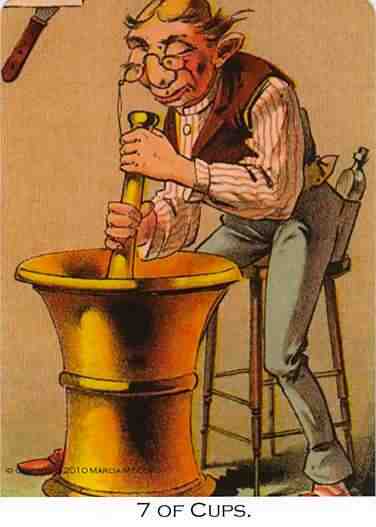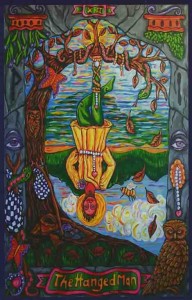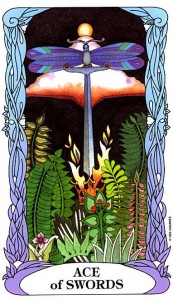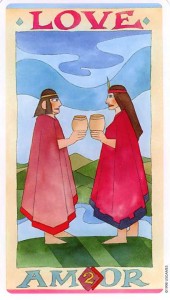Author: Tata Emanuele Coltro Guidi
“Oya and Chango, even if they are sweethearts, always quarrel with each other. Chango, after a terrible quarrel, shows her a cut head of a goat. Oya, very bored, shows him a dead’s skull, and Chango disgusted goes away, sending many lightenings, representing his rage, to the world.”
“Too much force applied too quickly,” writes Robert Wang. It is like a bomb going off. People react before they think about what the other person said or did or know what the other meant. The lord of swiftness acts in haste. After an argument we have to go back and think about what we were arguing about. What went wrong? Oya and Chango do not know how to communicate properly. Perhaps it is merely because they are man and woman. Man and woman communicate differently and expect different things out of a relationship. What one sees as flattery the other sees as overbearing.
Every interaction between two people is a relationship to some degree. The more interactions two people or two groups of people have, the more meaningful the relationship. A meaningful relationship can be volatile— such as Oya and Chango’s, or the relationship between waring countries, or the relationship between two drivers caught in rush-hour traffic— or it can be calming. Most often, there is a mixture of the two: though a volatile couple, Oya and Chango are primarily lovers.
Near the beginning of any voluntary relationship, it is healthy to gravitate towards calming relationships and shy from those that make us uneasy. Too much force applied too quickly results in broken friendships or friendships that never get a chance to start. Because communication is both cultural and personal, there is no way to eliminate miscommunication. Both parties need to slow down, back off, and try to learn the other’s ways if they wish to get along.
I love this deck.




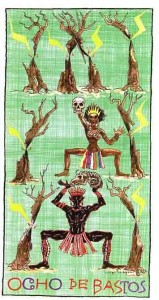
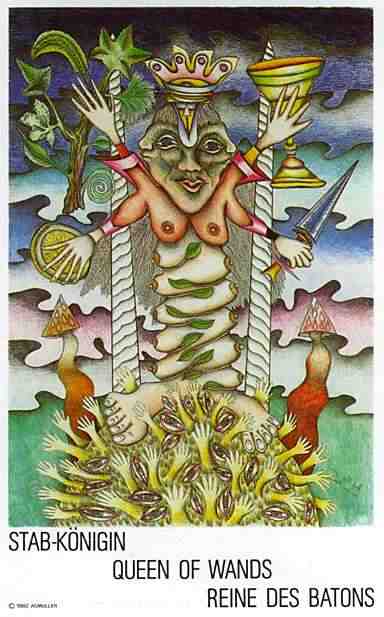
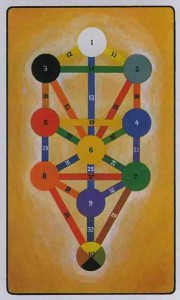
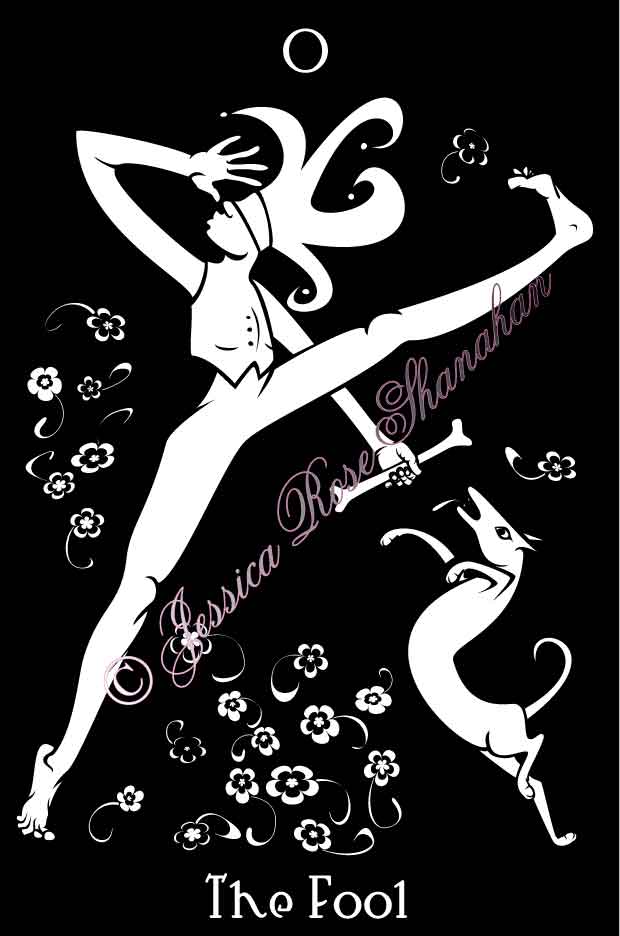 ‘If the fool would persist in his folly he would become wise.’ —William Blake
‘If the fool would persist in his folly he would become wise.’ —William Blake